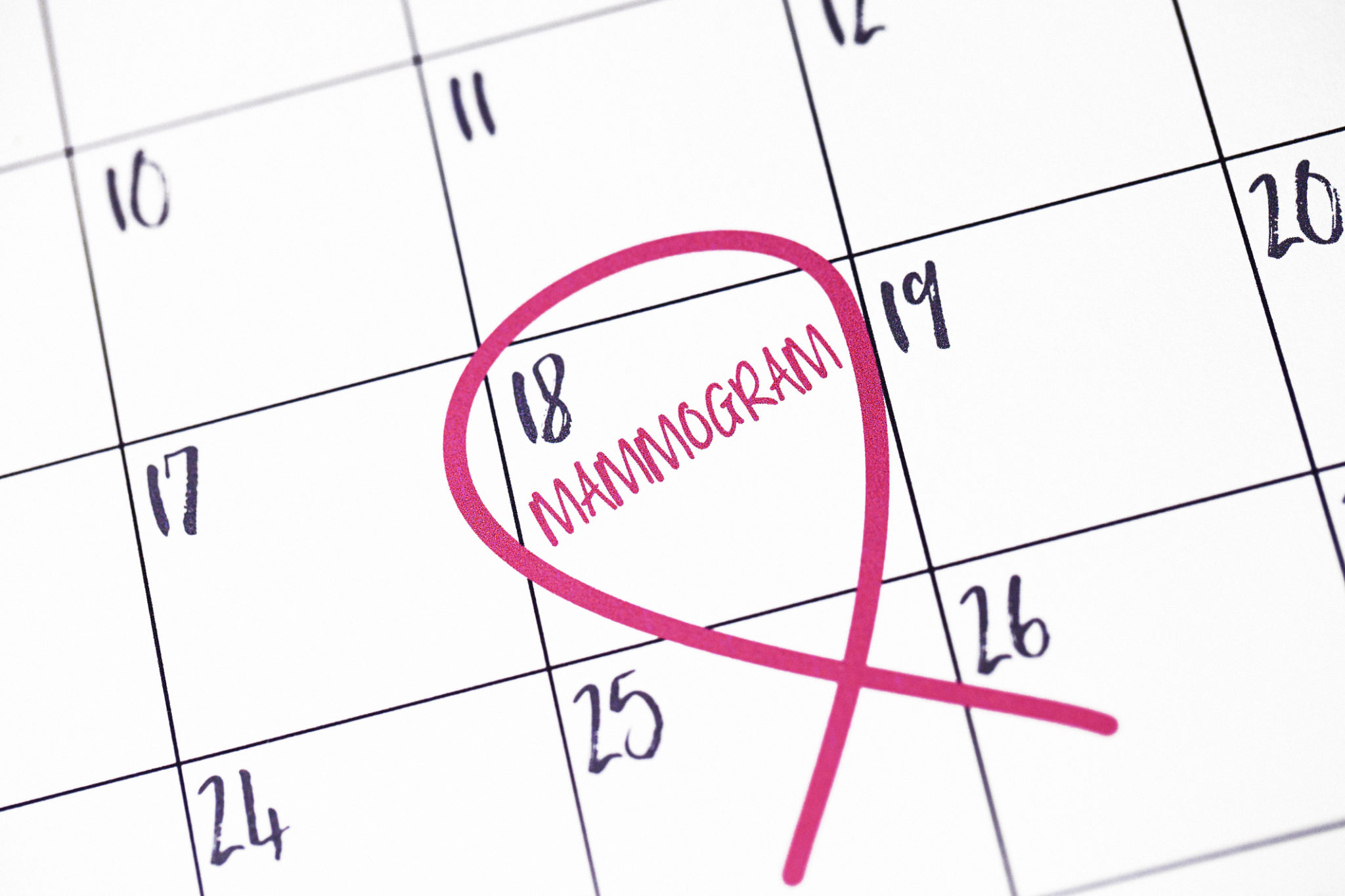14-year-old Survives Serious Sledding Accident
FEB 05, 2014Sledding accidents land about 20,000 children in the emergency department each year. Researchers found those ages 10 to 14 were ...
Read MoreMay is National Stroke Awareness Month
When Kari Cleveland spotted the ladder blocking two lanes of southbound I-680, she, slammed on the brakes and successfully swerved off to the shoulder. "I can't believe I missed that!" she marveled to her passenger. At that moment another driver--who was reportedly doing 78 miles per hour--smashed into the back of Cleveland's SUV, sending it flying.
"My SUV rolled six times after it went airborne," Cleveland said. "I never lost consciousness. I had my seatbelt on but the seat broke and I was thrown backwards and tossed out the back." She remembered her head and arm dangling out the shattered window and being covered in glass. Firefighters used the Jaws of Life to extricate her. She could tell her right arm was broken but it wasn't until she lost sensation in her left cheek--then on her entire left side--that she panicked about how serious her injuries were.
Cleveland feared she had spinal cord injuries but she found out in the CHI Health trauma bay she had suffered a stroke. A stroke cuts off blood flow to parts of the brain and those parts start to die. "I just remember asking, ‘Am I going to be okay? I have kids.'"
Cleveland spent a week at CUMC, then a month inpatient at the CHI Health Immanuel Rehabilitation Center. Her entire left side was immobile. She had to learn to walk all over again—first with the aid of a walker, then she insisted on a cane as she improved. "They really got you into therapy quickly. It starts in the hospital and continues at rehab. They told me, ‘Your recovery depends on this. You have to be in the right mindset.'" She credited the speed for the considerable progress she has made.
Aishwarya Patil, M.D., a physical medicine and rehabilitation specialist, worked closely with Cleveland and stressed the importance of moving quickly."There's no question. The earlier you start rehab, the better the outcome will be after one year," Dr. Patil said.
Despite the positive environment, Cleveland said she felt horror at how debilitating the stroke was. Her mouth drooped significantly on the left side. She grieved the loss of her life as she knew it. "The first week I wasn't sure I'd ever be okay," she said. "Everything you used to know, you don't know how to do anymore. There's no connection to the brain."
Slowly she regained use of her left foot and leg but struggled to use her left arm and hand. Her husband Dan encouraged her. "He told me, ‘You're tough, Kari. You're able to get through this."
Dr. Patil said most stroke patients have a hard time dealing with what happened. She said 40 percent suffer depression and about a third experience severe fatigue, which can limit their therapy and slow their progress. Cleveland was very motivated. "When they're motivated like Karen, we push as hard as we possibly can. She was the one who kept us motivated. Every time we'd see her progress, it gave us immense pleasure that she was headed in the right direction," Dr. Patil said.
Cleveland said she couldn't imagine a more supportive staff than the one at Immanuel. "The building is state-of-the-art. The equipment is state-of-the-art. But the people who work there are what make it really special. They don't let you slack off." They helped her mentally as well as physically: "They told me, ‘Don't look at where you were before the accident. Look at your progress. Every day you're getting better.'" She was able to go home the day before Thanksgiving, thankful to be alive.
She began outpatient physical therapy three times a week. She learned to walk up and down the same three steps and she mastered walking on the treadmill, which was challenging because of the coordination needed. "There were days when I was sad. I'd pick myself up and come to therapy. Then I'd feel better. I honestly don't know what I'm going to do when I don't come here anymore."
Cleveland and Dr. Patil urged everyone to learn the warning signs of a stroke like sudden numbness and confusion, trouble seeing or walking and a droop on one side of the face. "It's vital to call 911 immediately," Cleveland said.
"Everyone takes heart attacks very seriously. A stroke should be treated like a ‘brain attack,'" Dr. Patil said. She said physicians can use a drug called tissue plasminogen activator or tPA to dissolve clots and restore blood flow for stroke victims, but the drug must be administered as soon as possible since there is only a four-and-a-half hour window after onset of a stroke where it benefits the patient.
Cleveland is encouraged by the progress she's made the last six months but doesn't know when or if she'll get back to the life she used to know. She can't completely dress herself yet and she misses wearing high heels. "I used to wear them all the time. Obviously I can't now. But they're working with me here at Immanuel and I know I'll get there!"

Sledding accidents land about 20,000 children in the emergency department each year. Researchers found those ages 10 to 14 were ...
Read More
Vira Brooks had three sons in high school. And she had newly-diagnosed breast cancer. "I remember hearing the words, ‘You have ...
Read More
When Carmen Campisi called to schedule her mammogram, she hadn't heard of the new 3-D technology, or tomosynthesis, at CHI ...
Read MoreWhen you need local health information from a trusted source, turn to the CHI Health Better You eNewsletter.